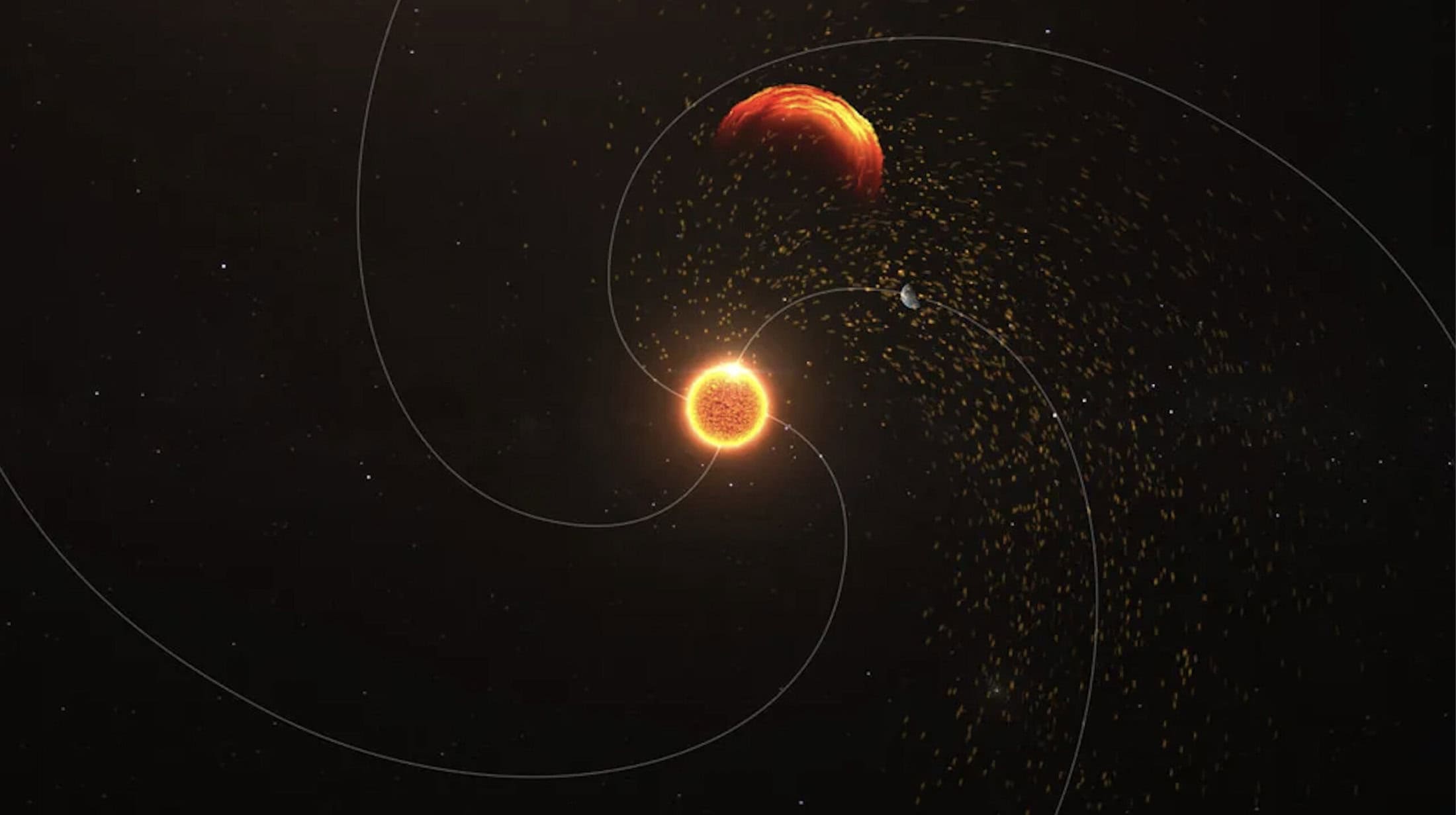
A Vision for Safer Space Exploration with the CLEAR Center
The CLEAR Center, a Space Weather Center of Excellence at the University of Michigan, has been featured by AGU.

The CLEAR Center, a Space Weather Center of Excellence at the University of Michigan, has been featured by AGU.
The CLEAR Center, a Space Weather Center of Excellence at the University of Michigan, has been featured in AGU TV. The center works to improve forecasting of solar energetic particles that emerge from a solar eruption, with speeds nearly reaching the speed of light, which follow the spiral shape of the solar wind’s magnetic fields into interplanetary space.
Watch the video to learn about this groundbreaking initiative:
“The CLEAR Space Weather Center of Excellence at the University of Michigan, a groundbreaking initiative funded by NASA, is revolutionizing our understanding of space weather and its impact on technology and human space exploration. Since the late 1980s, space weather has evolved from a novel concept to a critical field of study, focusing on solar energetic particles (SEPs) that can pose significant risks to astronauts during space missions. The CLEAR Center is at the forefront of this research, aiming to develop a sophisticated prediction framework for the space radiation environment, enhancing safety and operational planning for future space activities.
“Currently, NASA’s Space Radiation Analysis Group employs various tools, such as satellite data and dosimeters, to monitor the radiation environment. However, these methods primarily offer situational awareness, reacting to changes rather than anticipating them. The CLEAR Center seeks to transform this approach by integrating advanced machine learning models with decades of historical solar data. This innovative strategy aims to extend prediction capabilities up to 24 hours in advance, allowing for proactive measures to safeguard astronauts and optimize mission planning.
“The significance of the CLEAR Center’s work lies in its potential to shift space exploration from reactive to predictive operations. By combining physics-based modeling with artificial intelligence, the Center is creating a comprehensive system to forecast space weather from the sun to Earth and beyond. This advancement not only promises to enhance the safety of human space travel but also paves the way for more ambitious missions, ensuring that humanity can explore the cosmos with greater confidence and precision.
For more information, visit: https://clear.engin.umich.edu